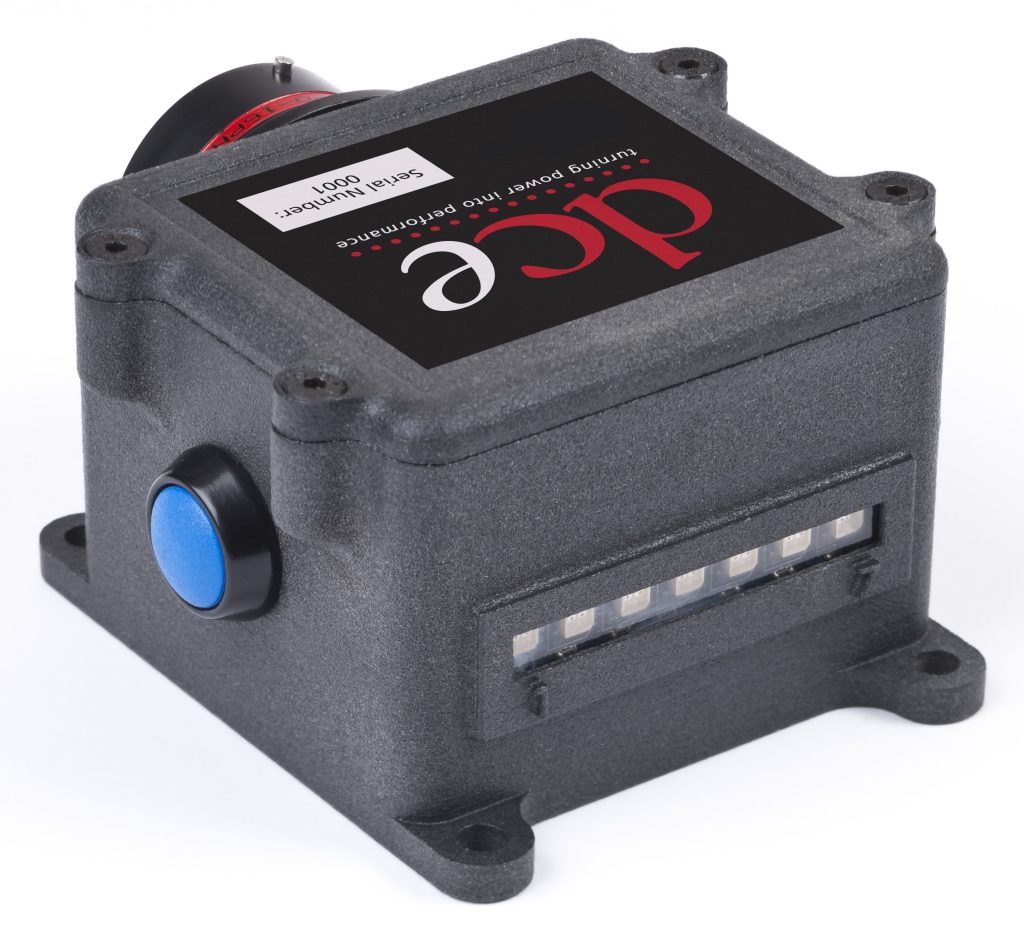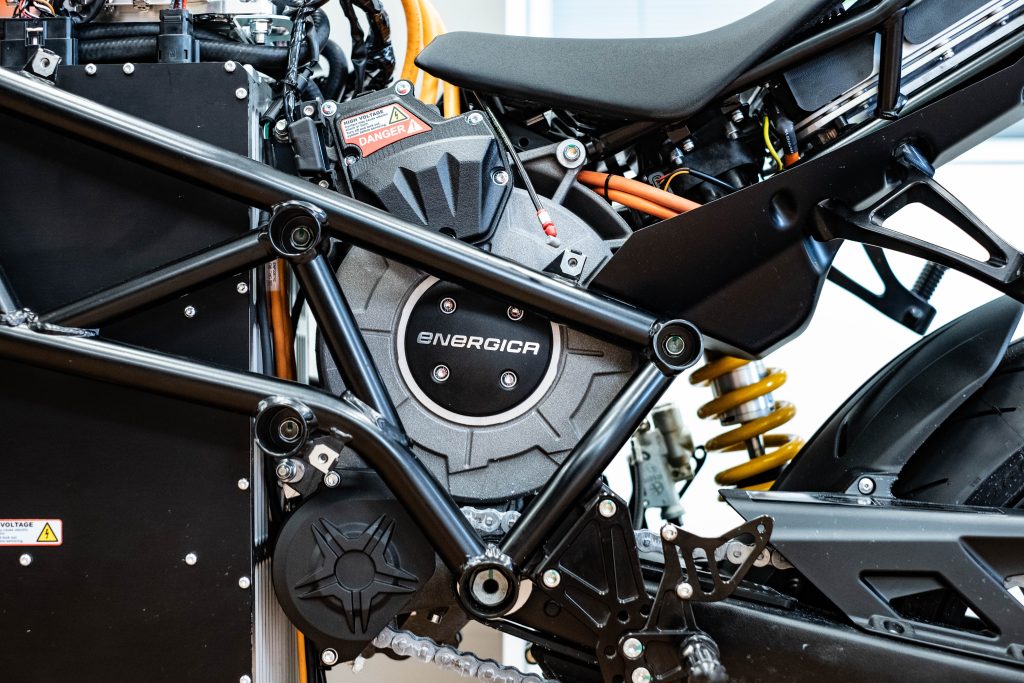3D printing service bureau CRP Technology has shared findings regarding the electrical insulation capabilities of its glass-reinforced Windform thermoplastic composites for Selective Laser Sintering (SLS) 3D printing.
According to the dielectric constant and dielectric strength tests, these materials have demonstrated notable performance improvements, highlighting their potential in electrical insulation applications. These findings hold significance in industries such as automotive, electric power, and telecommunications, where electrical insulation is critical.
In the automotive sector, the increasing adoption of hybrid or fully electric vehicles emphasizes the importance of insulating materials due to the reliance on electric propulsion systems. Components like battery and power converter housings benefit from materials with high dielectric constants and strength.
In other news, CRP Technology also participated in the VTM Vehicles and Transportation Technology Innovation Meetings (VTM), a well-established event focusing on automotive and vehicle innovation held from March 26th to 27th at the Lingotto Fiere in Turin, Italy.

Results of high dielectric constant and strength tests
For these tests, Windform LX 3.0, Windform GT, and Windform FR2 underwent evaluation to determine their dielectric constant, which measures a material’s resistance to the formation of an electric field. The dielectric constant is denoted by the symbol epsilon zero (ε₀). Results indicated a dielectric constant close to 4, with slight variations observed among the materials. Specifically, Windform LX 3.0 and FR2 exhibited slightly higher values, while Windform GT displayed a slightly lower one. According to the company, this testing was conducted at the standard frequency of 1 kHz.
In addition, the dielectric strength test gauged the maximum electric potential difference that the materials could tolerate before conducting electricity. Windform LX 3.0, Windform GT, and Windform FR2 exhibited resilience, enduring peak voltages of at least 2.5 kV/mm without experiencing any deterioration. This impressive performance was observed under sinusoidal voltages alternating at 50 Hz and with amplitudes reaching up to 4000 V. As per CRP Technology, these materials are ideal solutions to enhance safety and efficiency in diverse electrical systems.

In the past, CRP’s Windform LX 3.0 material was used in deploying OreSat0 into Low Earth Orbit (LEO) by the Portland State Aerospace Society (PSAS). Through SLS 3D printing, subsystems like a deployer, star tracker assembly, and battery pack were created. Windform LX 3.0 demonstrated strength, meeting low Earth orbit requirements. PSAS highlighted 3D printing’s role in accelerating kilogram-class satellite production, providing capabilities akin to larger satellites.
VTM takes note of CRP Technology’s portfolio for automotive applications
At VTM, CRP Technology plans to present the practical benefits of utilizing professional 3D printing techniques and advanced thermoplastic composite SLS materials from its Windform range for the production of vehicle components. Attendees can anticipate presentations featuring real-world examples and success stories, showcasing how customers in the automotive sector have utilized Windform materials.
Franco Cevolini, CEO and Technical Director of CRP Technology, highlights Windform materials’ evolution from addressing Motorsports challenges, to becoming essential for race-ready parts. This evolution has advanced Windform composites into Automotive and Aerospace forefronts. The synergy between CRP Technology’s 3D printing expertise and Windform materials has led to innovations in the supercar, and hybrid propulsion sectors.
The entertainment industry has also captured the role of CRP’s materials in the automotive industry through its collaboration with Michael Mann‘s film production team for the movie “Ferrari.” During the filming in Modena, CRP Technology employed Windform materials and Selective Laser Sintering (SLS) to fabricate 3D printed components like driver’s helmets, parts and pit elements, enriching the visual portrayal of Enzo Ferrari’s world.
What 3D printing trends do the industry leaders anticipate this year?
What does the Future of 3D printing hold for the next 10 years?
To stay up to date with the latest 3D printing news, don’t forget to subscribe to the 3D Printing Industry newsletter or follow us on Twitter, or like our page on Facebook.
While you’re here, why not subscribe to our Youtube channel? Featuring discussion, debriefs, video shorts, and webinar replays.
Are you looking for a job in the additive manufacturing industry? Visit 3D Printing Jobs for a selection of roles in the industry.
Featured image shows a closer look at motor components. Photo via CRP Technology.



